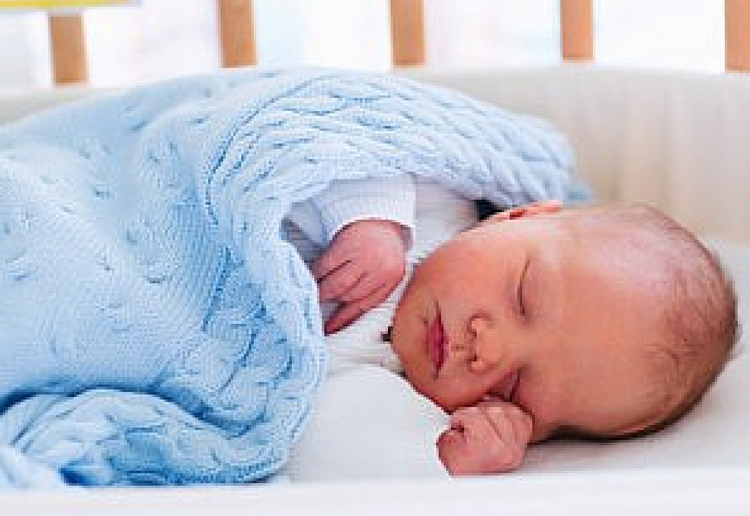It’s not just the toy aisles that teach children about gender stereotypes.
Children are born into a world of pink or blue. A walk down a department store toy aisle demonstrates a clear gender divide: princesses and dolls for the girls, superheroes and vehicles for the boys.
Does this simply reflect the different interests that boys and girls have? Or are toy manufacturers imposing gender stereotypes on children?
Marketing toys as being either “for girls” or “for boys” has attracted criticism from initiatives such as No Gender December advocating for more gender-neutral toy choices. Objectors to this campaign include the then-prime minister, Tony Abbott, who responded by saying:
Let boys be boys, let girls be girls.
And there is indeed some evidence that boys and girls come into the world with different preferences and interests. For example, newborn girls have been found to have a greater interest in looking at faces, and newborn boys a greater interest in looking at mobiles. As early as infancy, boys show greater physical activity than girls.
Gender differences relating to play are not limited to humans. A study of vervet monkeys found that, compared to females, males spent more time playing with a toy police car and a ball. On the other hand, female vervet monkeys spent more time playing with a doll and a cooking pot. There were no gender differences in the amount of time spent playing with a picture book and a stuffed dog, similar to what we find in humans.
Such research seems to indicate innate differences between girls and boys that influence their preferences for particular types of toys. Toy manufacturers marketing toys towards either girls or boys might simply be responding to these preferences.
The ethics of gendered toy marketing
In a newly published article, Cordelia Fine and Emma Rush argue that gender differences in toy preferences are misrepresented in gendered toy marketing. The authors argue that these gender preferences in toys are presented as being categorically different, while in fact they are more a matter of degree.
Their review of the evidence suggests that preferences for toys among children under three years of age show a large degree of overlap. For instance, the study finding that newborn girls preferred to look at a face and newborn boys preferred to look at a mobile only shows average differences in looking time that are less than 10%.
Furthermore, they argue that the gender labelling of toys influences how much interest girls or boys will show in gender-neutral toys. Thus, gendered toy marketing may actually exaggerate the gap in preferences between girls and boys.
Fine and Rush argue that gendered toy marketing perpetuates beliefs about which interests or activities are appropriate for girls or boys. Toys marketed to girls may reinforce them to focus on their physical appearance, and toys marketed to boys may reinforce an interest in violence. Gender-typing of toys can also have a negative impact if there are lesser educational benefits of toys marketed to one or the other gender.
Whether or not gender differences in toy preferences have any innate basis, reinforcing and magnifying those differences and imposing gender stereotypes on children is problematic. Parents who hold such concerns for their children should not overlook other ways in which gender stereotypes affect their children.
Not just child’s play
Children are quick to absorb norms and expectations. They pick up information about gender roles from sources other than the toys they are encouraged, or discouraged, to play with.
Adults might reinforce gender stereotypes in children through traditional gender norms that are visible to them. Take marriage: typically men make marriage proposals to women through the presentation of an engagement ring. More traditionally, this occurs after he asks permission from the woman’s father. At the wedding ceremony, the father walks the veiled bride down the aisle and hands her over to her husband.
She changes her surname to his, and the children also take his name. The bride, if she chooses, goes from Miss to Mrs.
In fact, the whole wedding is viewed as the woman’s “special day”. It’s her chance to live out her ultimate princess fantasy, for which Disney might have provided some inspiration.
Like toys, these adult customs tell children something about gender. At the very least, they reinforce the existence of distinct gender roles. At worst, they send messages about the unequal status of men and women. They enhance masculine stereotypes of dominance, power and autonomy, and feminine stereotypes of subservience, passivity and dependence. These messages are likely to impact children’s developing notions about gender and status.
The point here is not to place moral condemnation on parents who might inadvertently reinforce gender stereotypes through marriage traditions. Toy companies exploiting gender stereotypes for profit is a different ethical problem to any possible harm caused by individuals choosing to follow particular wedding traditions.
But if we are concerned about the reinforcement of gender stereotypes in the toy aisle, we should be concerned about them elsewhere. We need to think more broadly about how we as adults reinforce these stereotypes. Anyone concerned about the impact of gender stereotyping on children should be willing to critically examine their potential impact in any context.
Of course, one could respond to the rejection of marriage traditions by objecting that it’s not a big deal. Wedding traditions are romantic, and who would deny a girl’s dream to be a princess for a day? “Let men be men, let women be women,” as Abbott might say.
![]() Share your comments below.
Share your comments below.
Beatrice Alba, Casual Academic, Deakin University
This article was originally published on The Conversation. Read the original article.





















-

-
-
-
mom183717 said
- 26 Jun 2016
Reply
-

-
-
-
hologro said
- 26 Jun 2016
Reply
-

-
-
-
mom134803 said
- 25 Jun 2016

Reply
-

-
-
-
mum4107 said
- 05 Jun 2016
Reply
-

-
-
-
mom160421 said
- 01 Jun 2016
Reply
-

-
-
-
BellaB said
- 01 Jun 2016
Reply
-

-
-
-
Nas01 said
- 01 Jun 2016
Reply
-

-
-
-
sharna_booth_weinrowski said
- 01 Jun 2016
Reply
Post a comment8:29 pm
12:41 pm
11:08 am
6:26 am
9:35 pm
7:31 pm
1:08 pm
12:53 pm